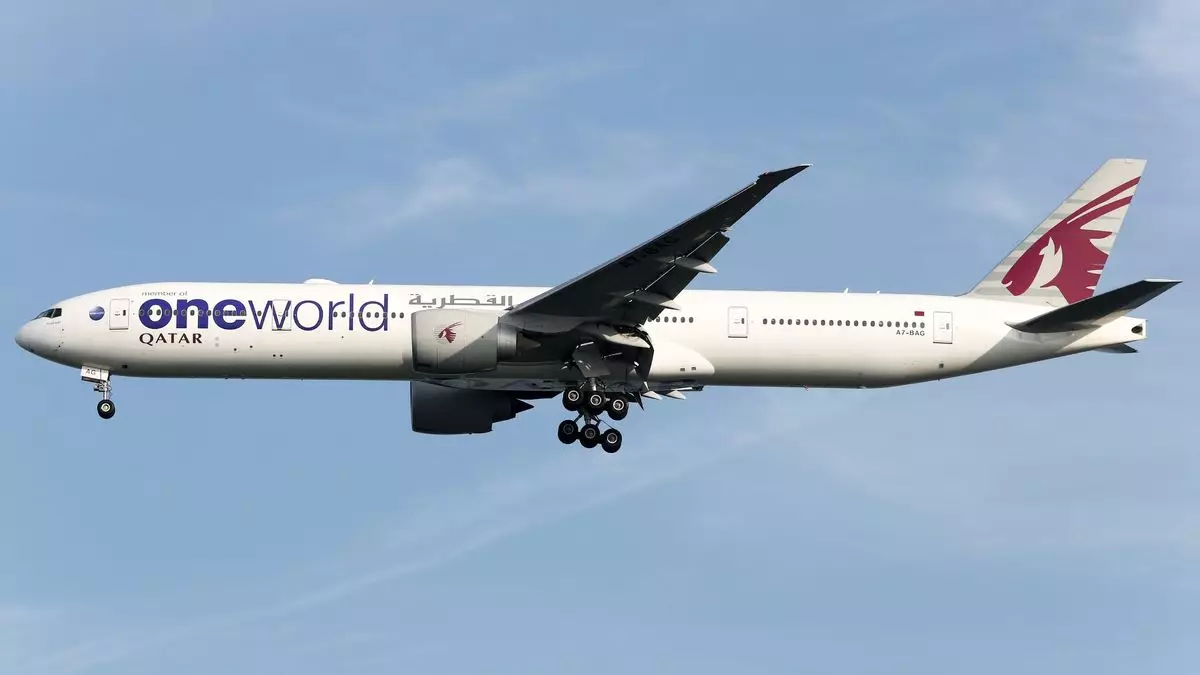TheOneworld alliance is embarking on a transformative journey aimed at unifying its disparate airline systems into a single, cohesive technological ecosystem. This ambitious initiative underscores a profound recognition: in an era where convenience and efficiency define passenger expectations, fragmented airline systems create unnecessary hurdles. By committing to integrate all 15 of its member airlines into a shared platform by year’s end, Oneworld asserts its determination to elevate the traveler experience to unprecedented levels. This integration is not merely about modernization; it is about reshaping how passengers interact with different airlines within the alliance, fostering a seamless travel journey from check-in to baggage claim.
A Game-Changing Approach to Passenger Convenience
The initial focus on cross-airline boarding passes exemplifies a strategic shift towards simplifying complex itineraries. Imagine a traveler booking multi-leg flights across several carriers—no more juggling multiple apps or facing redundant check-in processes. Instead, Oneworld envisions a future where a single mobile interface suffices, allowing passengers to access boarding passes for all flights in a trip regardless of which airline’s app they used initially. This shift promises to diminish friction points, reduce wait times, and eliminate the confusion often associated with multi-airline travel. Such innovations could redefine loyalty and satisfaction, turning cumbersome transits into smooth, integrated experiences.
Competitive Pressure Sparks Urgency
While Oneworld has lagged behind rivals like SkyTeam and Star Alliance—who have already made significant strides in multi-airline integrations—the alliance’s renewed vigor signals a strategic response to competitive pressures. SkyTeam, for instance, facilitates multi-airline check-ins on the vast majority of its global volume, positioning itself as the industry leader in integration. Oneworld’s leadership, under CEO Nat Pieper, has acknowledged this gap and is now accelerating development efforts. Achieving full integration of flagship members such as American Airlines and British Airways by summer signifies not just technical progress but a reassessment of the alliance’s strategic importance in a rapidly evolving aviation landscape.
The Power of Unity in the Sky
What truly sets this initiative apart is the focus on creating a unified experience that benefits both carriers and travelers. Integration isn’t merely a backend upgrade; it’s a paradigm shift that fosters interoperability, enhances operational efficiency, and builds a more resilient alliance. The inclusion of major players like Qatar Airways, Japan Airlines, and Cathay Pacific demonstrates a commitment to global reach, while timely integration of large carriers like American and British Airways promises a substantial boost in scale and influence. Time will reveal how this technological overhaul impacts customer loyalty and overall competitiveness, but the potential is enormous.
All Eyes on the Future of Air Travel
In essence, Oneworld’s push for a common platform signals a fundamental evolution in airline cooperation. As travelers increasingly demand simplicity and transparency, airlines that fail to innovate risk obsolescence. The alliance’s strategic gamble could redefine industry standards, forcing competitors to accelerate their own integration efforts. This isn’t just about technology—it’s about reclaiming leadership through passenger-centric innovation, fostering an air travel ecosystem where complexity gives way to harmony, and journeys become truly connected. The coming months will be telling, but one thing is clear: Oneworld’s bold vision has the potential to reshape the very fabric of modern aviation.

